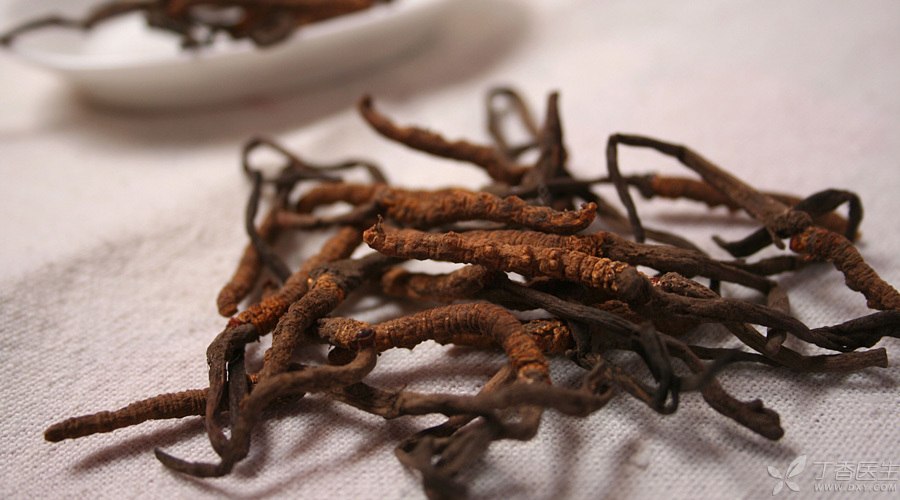
When it comes to Cordyceps sinensis, the two words that we are most likely to think of are expensive and supplementary.
How expensive is Cordyceps sinensis?
On the shopping website, you can see nearly 10g of high-end products with 6,000 yuan, which is more expensive than gold.
How much does Cordyceps sinensis supplement?
Turn on the mobile phone to search, and all the words that come out are [enhancing immunity and fighting cancer], which sounds very [nourishing].
However, all this is just a [Chinese] hoax.
Is Cordyceps really worth that much money?
In 1974, in Qinghai, the origin of Cordyceps sinensis, the price of Cordyceps sinensis was around 28 yuan/kg, while the gold price at that time was about 11 yuan RMB/g, more than 390 times that of Cordyceps sinensis.
The first breakthrough in the price of Cordyceps was after the reform and opening up.
Around 1990, the average price of Cordyceps rose to 1000 yuan per kilogram. If the exchange rate fluctuation of gold price and RMB against US dollar is not taken into account, the price ratio of gold to Cordyceps has dropped from 390 times in the 1970s to 70 times.
If the price increase of Cordyceps sinensis in the 1980s was only the natural demand of the market, then the subsequent [Ma Jiajun] injected a [stimulant] into this increase.
In the early 1990s, a group of women middle-distance and long-distance runners led by Ma Junren suddenly emerged. In 1993 alone [Ma Jiajun] even broke 66 national and even world long-distance running records.
At that time, Ma Junren said that the key to [Ma Jiajun] ‘s success was that it added health and nourishing foods such as turtle essence and Cordyceps sinensis to its daily diet.
Affected by this, a wave of frenzy for nourishing food has been set off nationwide.

Although Ma Jiajun soon fell into the drug ban storm and disappeared from the scene, it was only then that people discovered that it was not what’s unique traditional tonic that helped Ma Jiajun win the championship, but the stimulant developed by modern science.
However, this has not stopped the price of various health supplements from soaring. After only three years, the price of Cordyceps sinensis doubled from 1000 yuan/kg in 1990 to 2,000 yuan/kg in 1993.
In 1995, the state released restrictions on the private operation of Cordyceps sinensis. Since then, the invisible hand of the market has started to push the price of Cordyceps sinensis to rise steadily year by year.
The outbreak of SARS in 2003 ushered in the first [qualitative] leap in the price of Cordyceps sinensis.
This panic, which covers the whole people, has made people have unrealistic ideas about their health. All health care products that can be promoted to [enhance immunity] have become life-saving straw.
After SARS, the average price of Cordyceps sinensis rose from several thousand yuan/kg to 16,000 yuan/kg under the name of this wave of panic and “scarcity is expensive”, officially entering the ranks of “luxury goods”.

When the status of going to the altar was established, the experience of Cordyceps sinensis was similar to many well-known [artificial] luxury goods. It not only had health care effects and could be eaten, but also became a symbol of status.
By 2010 or so, affected by natural disasters such as ecological damage and earthquakes, many Cordyceps producing areas have reduced production and the supply has decreased, causing the market of Cordyceps to rise again. At this time, the price of Cordyceps has reached 210,000 yuan/kg, that is, 210 yuan RMB/g, while the price of gold in that year was about 280 yuan RMB/g, and the price of Cordyceps is almost the same as that of gold.
In just over 30 years, Cordyceps sinensis has been hyped as valuable as gold.
You know, in 1974, a 1 kg BRICS can buy half a ton of Cordyceps, but in 2010, the same BRICS may not even be able to buy the same weight of Cordyceps.
Is Cordyceps what?
Everyone must have heard of zombies.
Yes, it is the kind of half-dead creature in science fiction movies. In fact, it is quite appropriate to use zombies to describe Cordyceps sinensis.
Zombies are dead people under inexplicable control. Cordyceps sinensis is the product of dead insects (bat moth larvae) controlled by Cordyceps sinensis.
In summer, the adult bat moth lays eggs on the ground and after hatching for about a month to become larvae, they drill into wet and soft soil. Cordyceps fungi in the soil parasitize the larvae, grow in the larvae, and continuously encroach on the larvae until they die.
After one winter, when the spring of the following year comes, the mycelium of the fungus begins to grow, and in summer it grows out of the ground. Cordyceps fungus can open branches and spread leaves to breed more [insect zombies].
In fact, it is not uncommon for this fungus to infect and form strange organisms. At present, more than 1,500 kinds of Cordyceps have been discovered by human beings, and Cordyceps sinensis is only one of them.
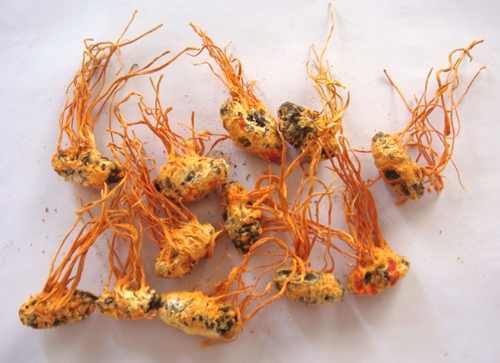
Cordyceps cicada (golden cicada flower)
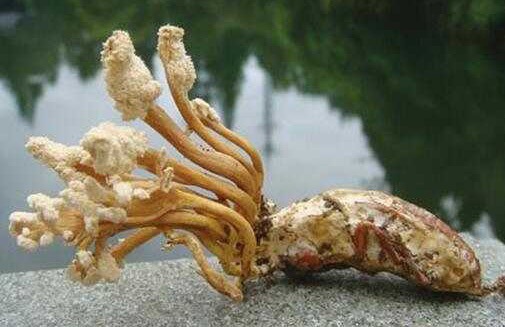
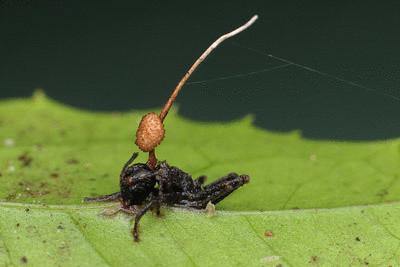
Is Cordyceps really that magical?
Contrary to the imagination of many people, there is no place for Cordyceps sinensis in the development history of thousands of years of food and tonic medicines in China, and there is no record of Cordyceps sinensis even in the famous Chinese traditional herbal medicine book Compendium of Materia Medica.
It was not until 1757, more than 200 years ago, that Wu Yiluo, a folk doctor in the Qing Dynasty, added Cordyceps sinensis to his personal book “Compendium of Materia Medica” and “Rejuvenation of Materia Medica”, which opened the door for Cordyceps sinensis to enter the house.
After entering the new century, with the price of Cordyceps rising, the academic research on Cordyceps has gradually deepened. However, over the years, almost all studies have failed to prove that Cordyceps contains any special and beneficial ingredients to human body.
At first, Cordyceps acid was considered to be the most star symbol ingredient in Cordyceps sinensis and was vigorously promoted by merchants.
However, it was soon discovered in the academic circle that cordycepin is a common mannitol, a very common chemical raw material.
Mannitol is widely used in various foods and drugs, including Kaisailu, which is used to treat constipation.
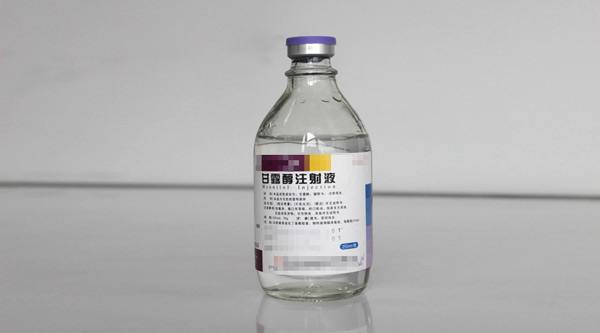
Later, Cordyceps was advertised to contain Cordycepin, a rare adenosine active substance, which may have anti-cancer effect.
However, since 2010, many professional scientific research institutions have published research results, proving that cordycepin cannot be detected in Cordyceps sinensis.
Among them, the Wang Chengshu Research Group of Shanghai Institute of Plant Physiology and Ecology, Chinese Academy of Sciences published the latest research results in October 2017 in the sub-issue of the famous international magazine < < Cell > >, confirming that-
Cordyceps does not contain the so-called anticancer ingredient [cordycepin].
Long-term eating of Cordyceps may lead to arsenic poisoning.
Not only are scientific research institutions pouring cold water, but the State Food and Drug Administration has also been [opposing] the folk craze for Cordyceps sinensis, mainly for safety reasons.
As early as 2001, the Ministry of Health, for the purpose of environmental protection, ordered to restrict the use of state-level protected species such as Cordyceps sinensis as raw materials for health food.
In 2009, after organizing expert discussions, State Administration of Traditional Chinese Medicine also said that the safety data for long-term use of Cordyceps sinensis as food was not clear, [it is not recommended to use it as a food raw material for the time being].
In 2010, the State General Administration of Quality Supervision, Inspection and Quarantine joined in and officially issued the Notice on Cordyceps sinensis not being used as a common food raw material.
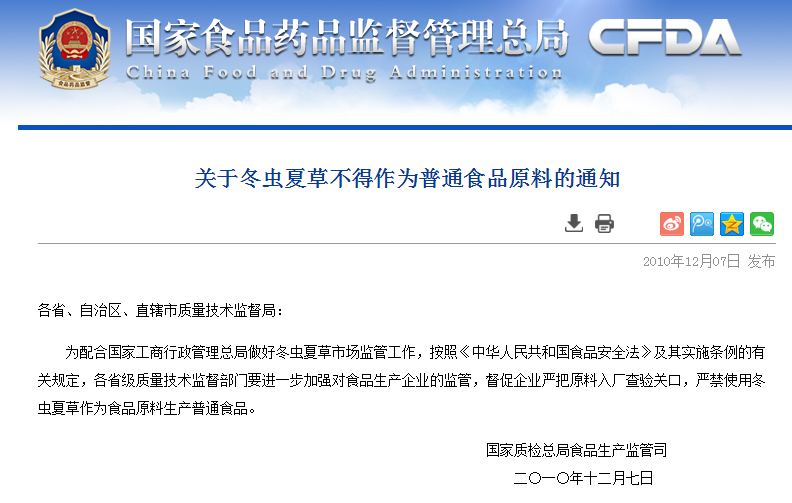
In 2016, due to the huge risk of arsenic poisoning caused by taking Cordyceps sinensis, the State Administration of Food and Drug Administration removed Cordyceps sinensis from health care products, and Cordyceps sinensis could not even mix in health care products circles.
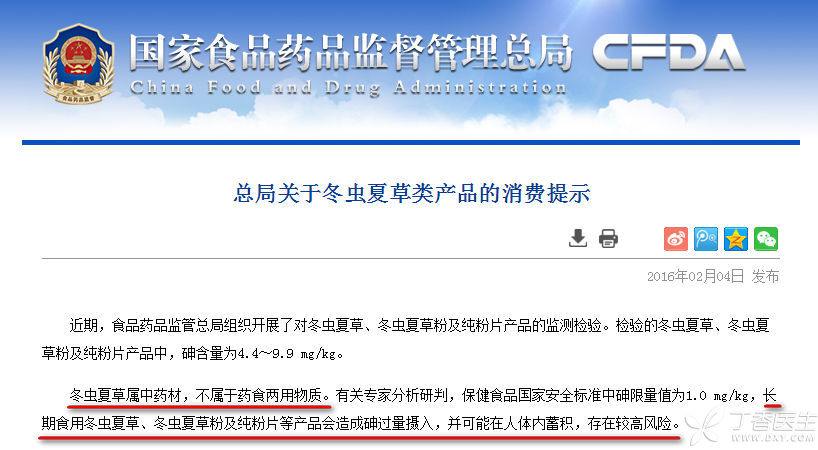
On the one hand, it is the price and market that are strongly stir-fried, and on the other hand, it is the cautious and even negative attitude of scientific research and the government. For more than 30 years, the artificial nourishing holy product Cordyceps sinensis, which has been praised step by step on the altar of gods, has now become a “black household” wandering on the edge of food, medicine and health care products.
Born in a very common, expensive unreasonable, if there is no effect, eat too much is harmful…
If you or your family want to buy such products, please think twice.
